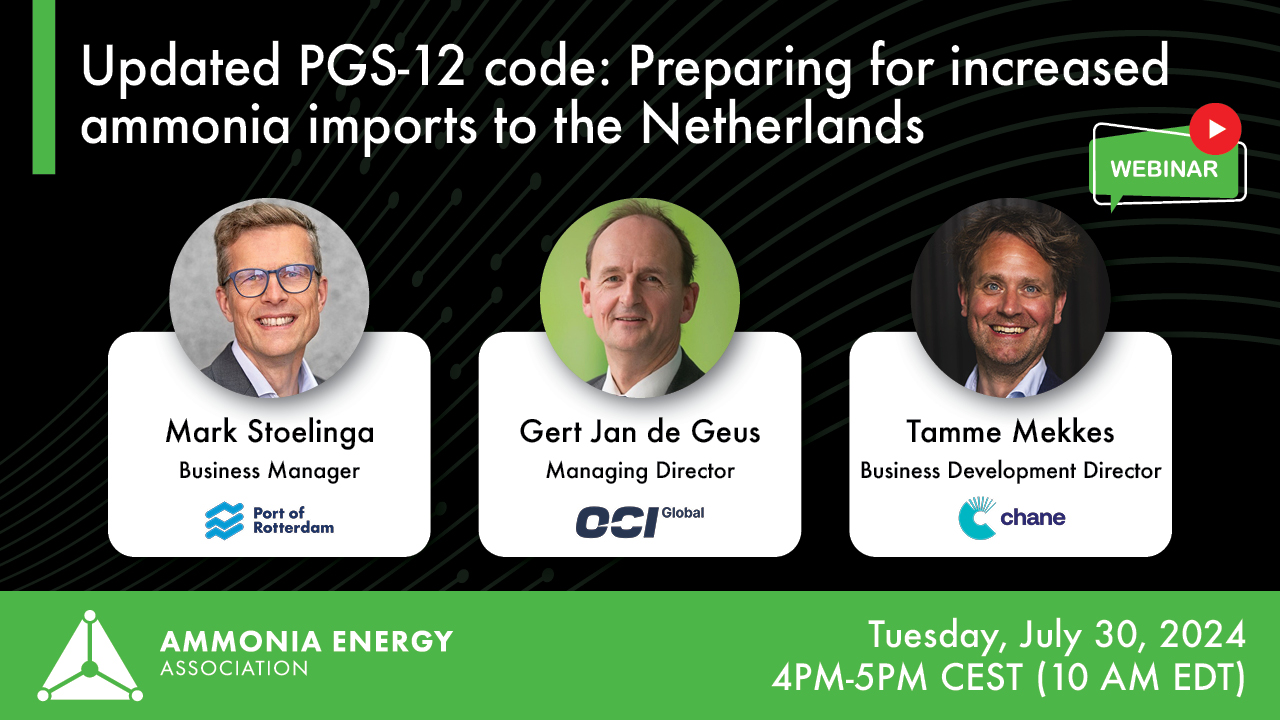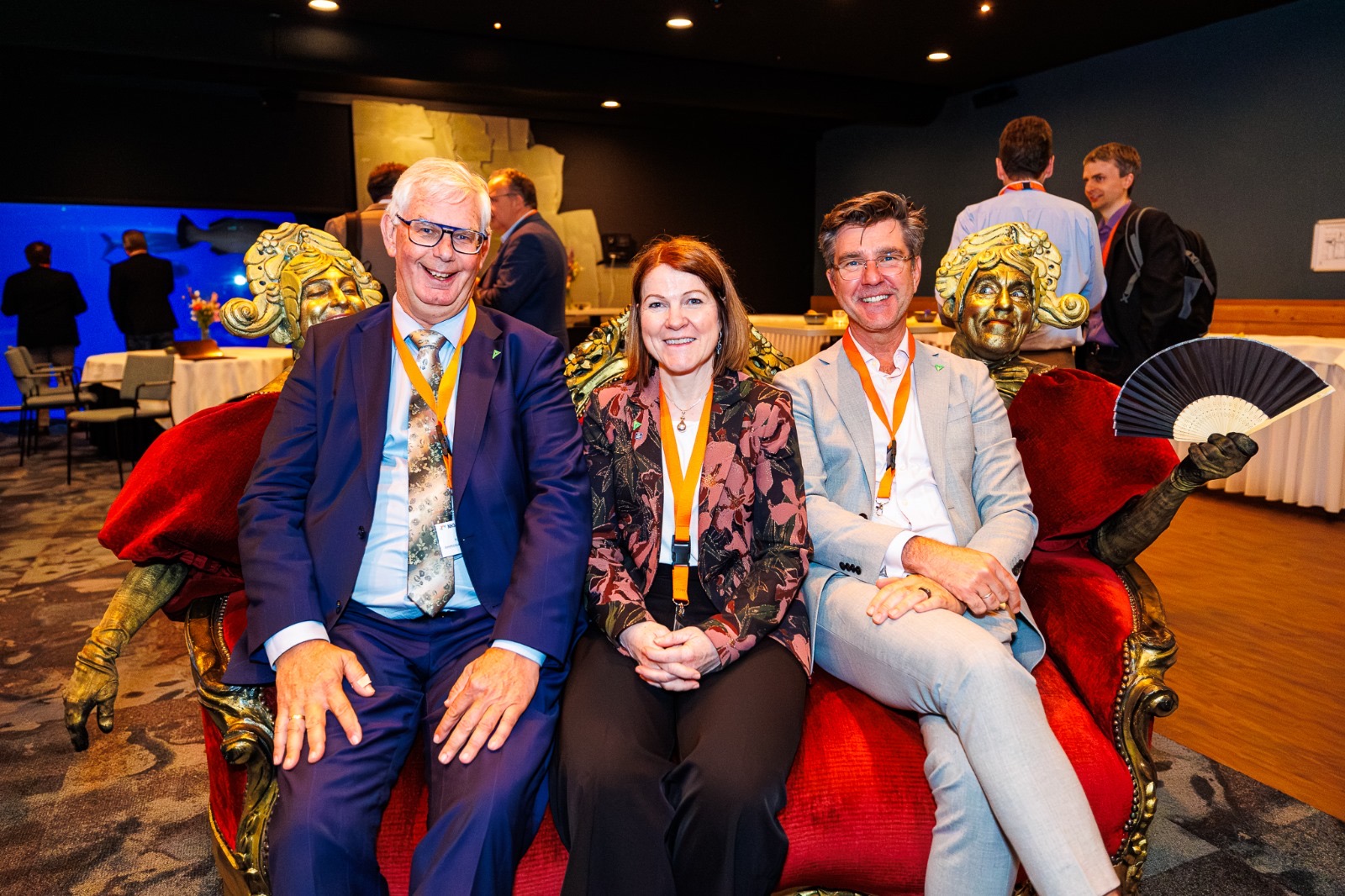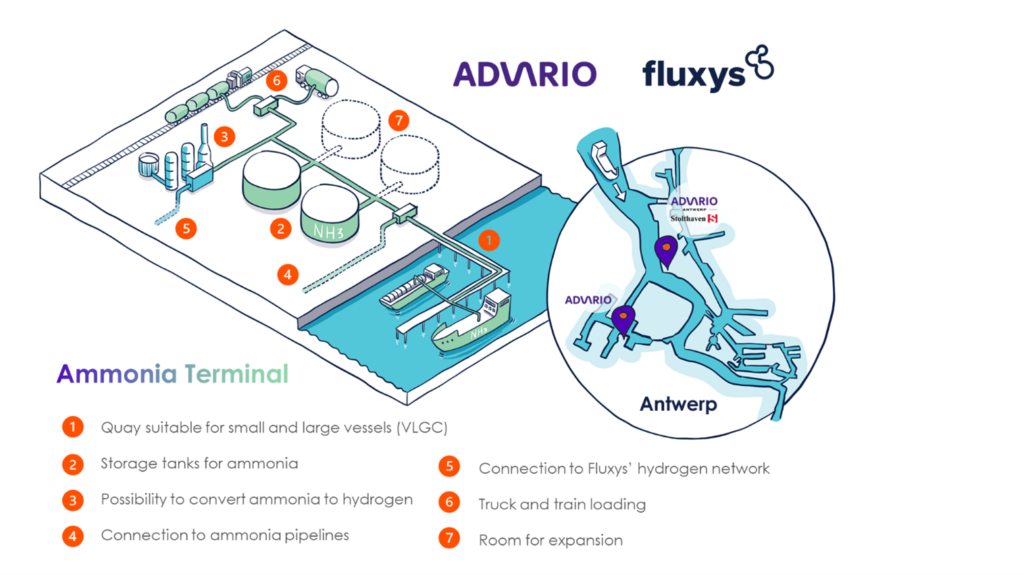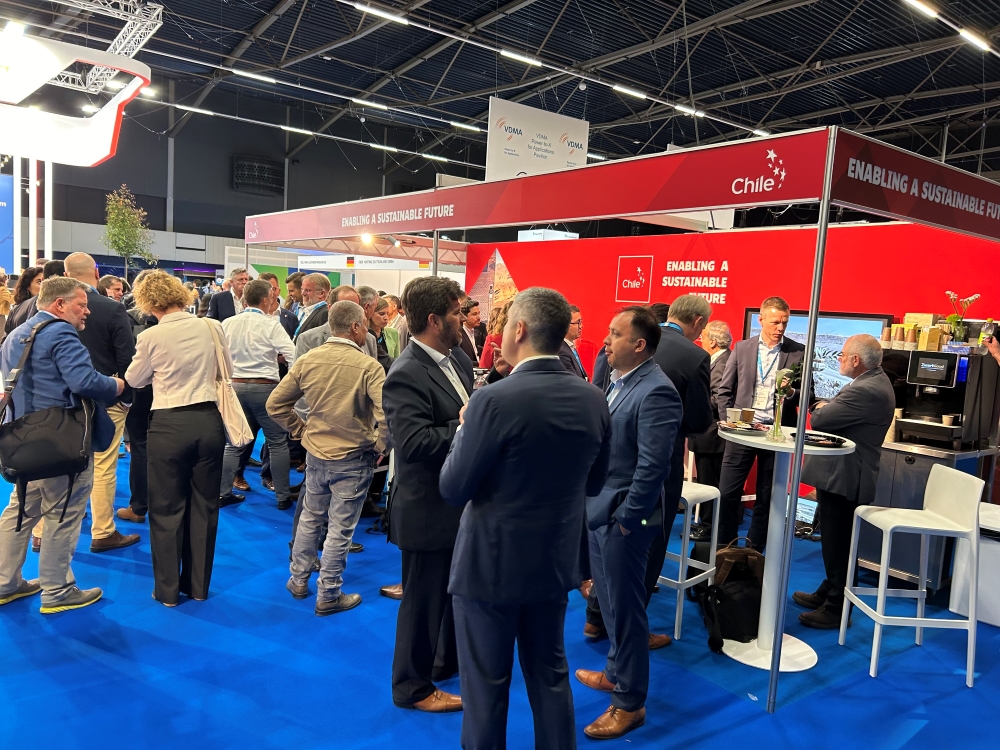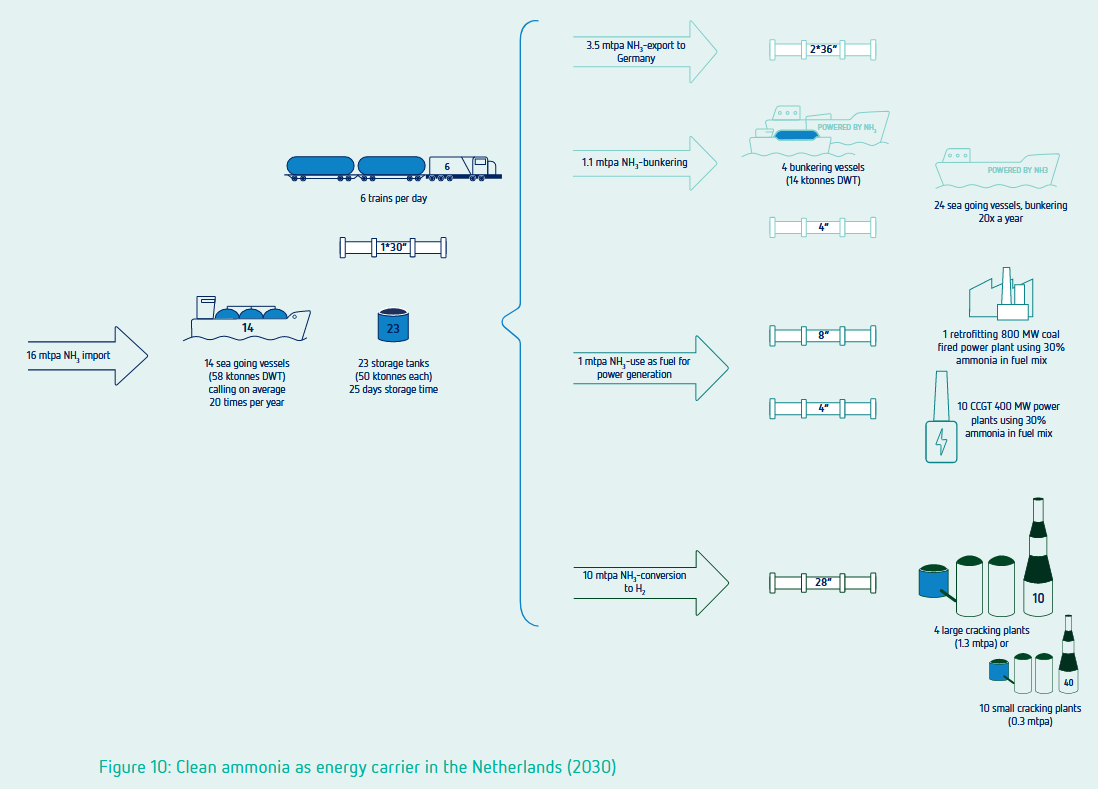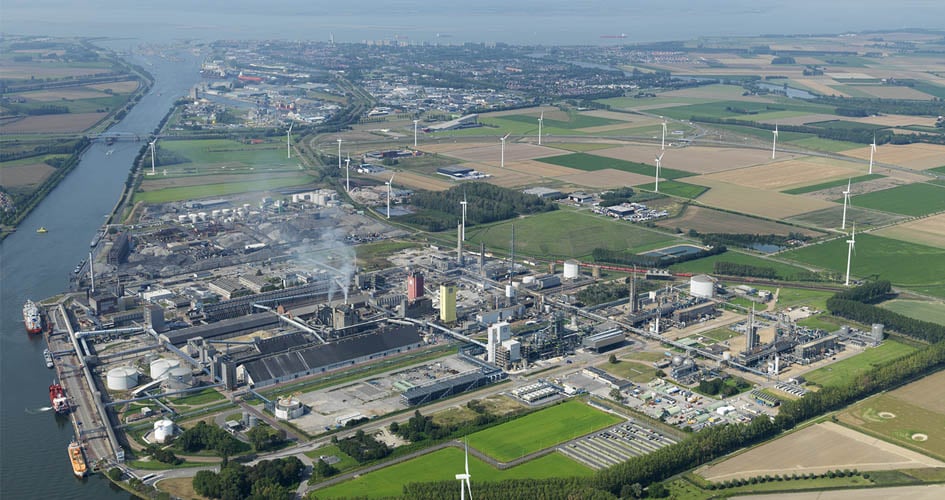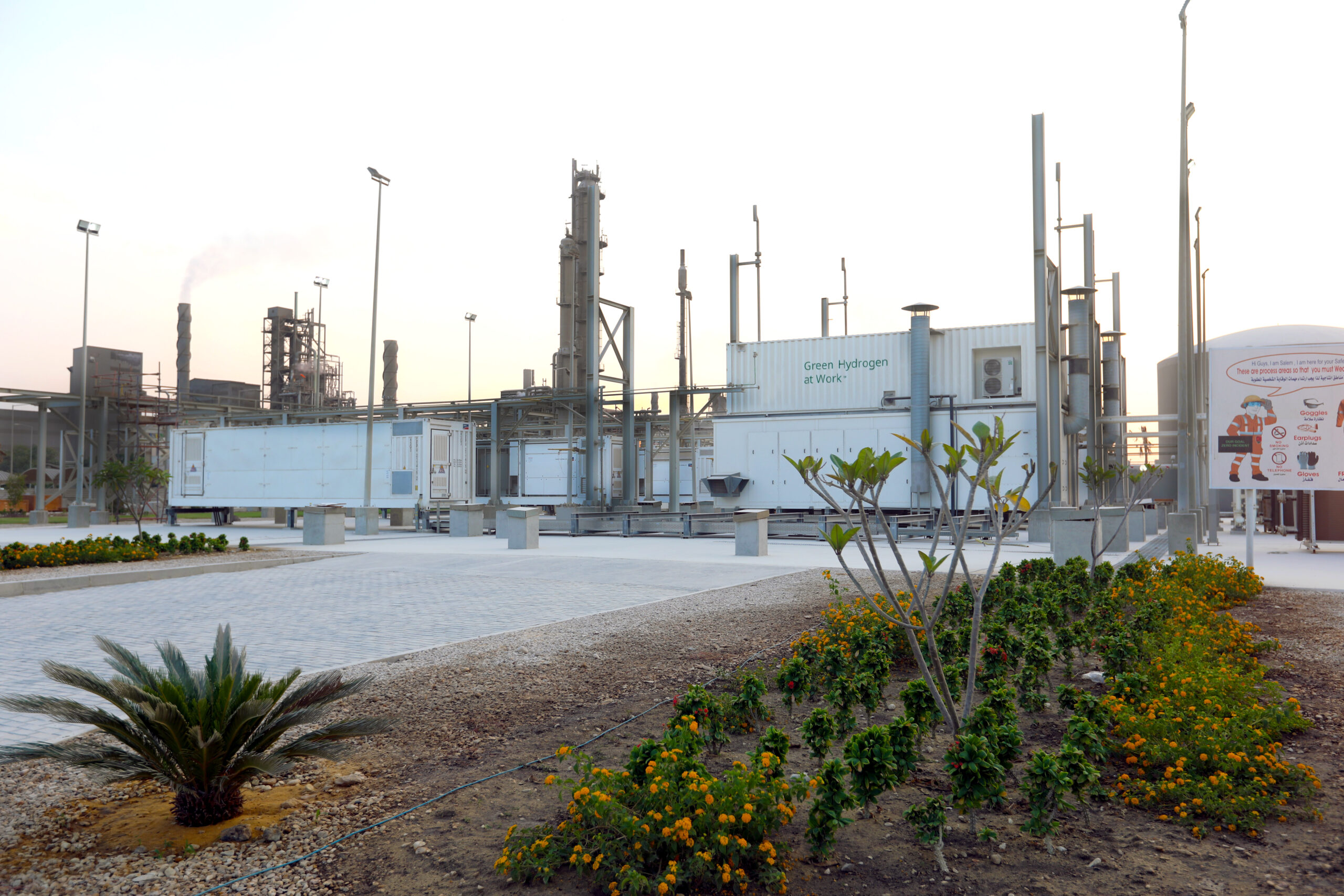Updated PGS-12 code: Preparing for increased ammonia imports to the Netherlands
Meet the Port of Rotterdam, OCI Global and Chane, three organisations at the forefront of preparing the Netherlands for increased ammonia imports. In this webinar, learn how updates to PGS-12 - the Dutch national guideline for ammonia storage and handling - will help unlock expanded ammonia imports to Rotterdam and other key ports.
